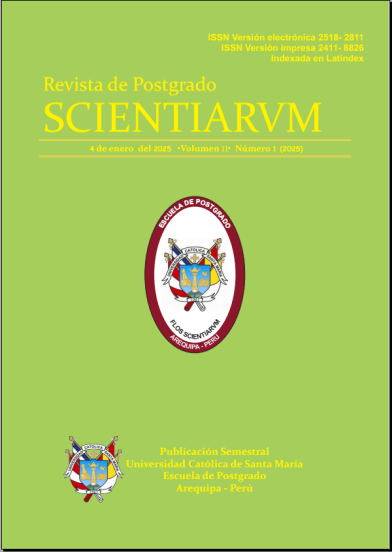EFECTIVIDAD Y PERMANENCIA DE LOS SELLANTES DE IONÓMERO DE VIDRIO CONDENSABLE Y CONVENCIONAL EN PRIMERAS MOLARES PERMANENTES
Karen Evelyn Alvarez Coaila1, Diliany Dey Vargas Villanueva2
(1)Universidad Andina del Cusco
(2)Universidad Católica de Santa María
RESUMEN:
Objetivo: Comparar la efectividad y el tiempo de permanencia en boca de los sellantes de ionómero de vidrio convencional y condensable en primeras molares permanentes de niños.
Material y Métodos: Previo consentimiento informado a los padres, participaron niños de ambos géneros de 6 a 8 años, con primeras molares permanentes sanas y completamente erupcionadas. Se seleccionaron 272 molares divididos en pares apareados y en posiciones contra laterales para aplicar en forma aleatoria los sellantes de ionómero de vidrio convencional y condensable, con aislamiento relativo y técnica estandarizada. Se realizaron controles clínicos al primer, segundo y quinto mes aplicando los indicadores de evaluación de los sellantes PRAT: presente buen sellante, presente parcialmente con y sin caries, ausente con y sin caries.
Resultados: Se demostró que ambos sellantes de ionómero de vidrio experimentan cambios en la integridad por el tiempo de permanencia en boca, sin embargo la evaluación y el comportamiento de los sellantes de ionómero de vidrio condensable evidencian permanencia favorable al primer, segundo y quinto mes como sellante presente en buen estado en el 78.7%, 75.8% y 53.1%; en comparación con los convencionales con un 58.8%, 46.2% y 19.5% respectivamente, al aplicar la U de Mann Whitney (p< 0,05).
Conclusión: Dado que las primeras molares permanentes son susceptibles a caries a temprana edad es recomendable el uso de medidas preventivas como los sellantes con ionómero de vidrio condensable.
PALABRAS CLAVES: Sellantes de ionómero de vidrio condensable y convencional.
ABSTRACT:
Objective: To compare the effectiveness and permanence time in mouth of glass ionomers sealants both conventional and condensable in first permanent premolars in children.
Materials and Methods: Children of both genders took part in this study, after their parents signed consented written forms. Children were 6 and 8 years old and had first permanent molars healthy and totally erupted. 227 molars were selected in paired couples. They were positioned against laterals. In a random way sealants of glass ionomers both conventional and condensable with relative insulation and standardized technique. Controls took place at first, second, and fifth month applying PRAT criteria: present good sealant, present partially with or without caries, absent with and without caries. .
Results: It was demonstrated that both glass ionomers experience changes in their integrity while in mouth. However, evaluation and behavior of glass ionomers shoows favorable permenence at first, second, and fifth month being in good state in 78.7%, 75.8% y 53.1%; compared with conventional ones by U Mann Whitney test (p< 0,05).
Conclusion: Given that first permanent molars are susceptible of decay at an early age it is advisable to recommend preventive measures such as condensable glass ionomers sealants.
Key words: Condensable and conventional glass ionomers.
Revista Seleccionada
Junio 2015 Volumen 1 - Número 1 P 39-41
DOI: 10.26696/sci.epg.0009
Enlaces
EDITORIAL
CIENCIAS SOCIALES Y HUMANIDADES
ÉTICA Y RESPONSABILIDAD DEL POLÍTICO EN EL ESTADO DE DERECHO
La tecnociencia en el contexto ético-social
REFLEXIONES SOBRE LA CRISIS DEL DISCURSO DE LA RAZON EN LA POSMODERNIDAD
TÉCNICAS DE REPRODUCCION ASISTIDA: RESPONSABILIDAD DE LA BIOÉTICA Y LA BIOTECNOLOGÍA
CIENCIAS BIOLÓGICAS Y DE SALUD
AUTOAGRESION DELIBERADA Y NIVELES DE DEPRESION EN ADOLESCENTES DE DOS INSTITUCIONES EDUCATIVAS


